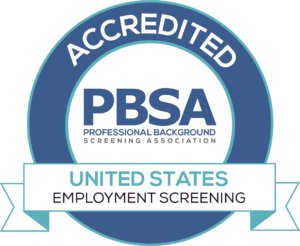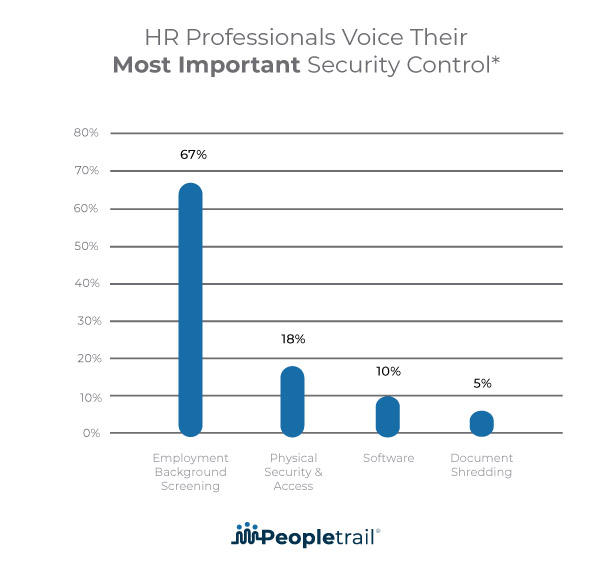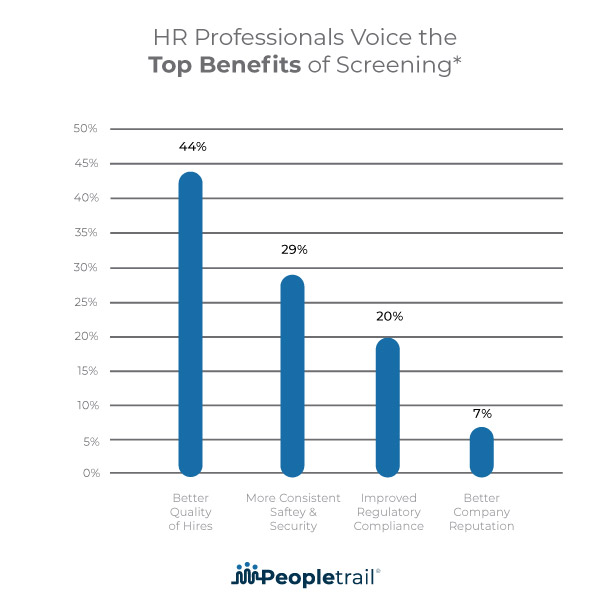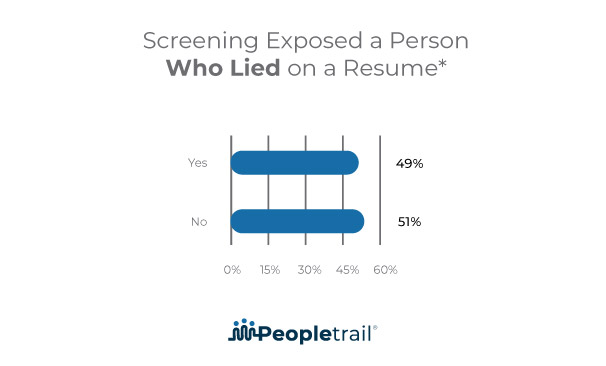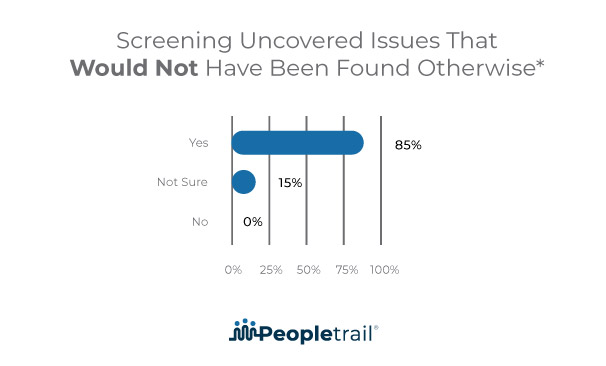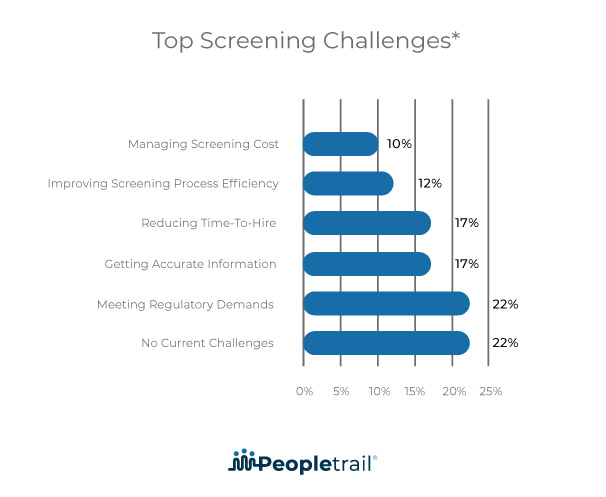Hiring is changing quickly.
Not only are turnover rates and wages increasing but employer expectations are evolving.
One of these expectations involves work experience and education. Many employers are finding success in hiring employees with a sound set of soft skills, training them for their responsibilities post-hire.
Another changing expectation involves company culture. Employers are putting more emphasis on company values and identity than ever before. Hiring for a specific position and hiring employees to represent an organization are now two entirely separate considerations. Applicants need to be a fit for both.
Finding Help in the Process
While good faith and intuition can be valuable tools in a hiring manager’s arsenal, they can’t always be relied upon entirely. As we will see, candidates are often less than truthful and it’s difficult to take a proper temperature from the outset. Hiring managers need additional resources if they want to improve the quality of their hires long-term.
So, what other tools are available?
Survey Says: Employers Value Their Background Screening Practices
Improving workplace safety, remaining compliant with FCRA and EEOC guidelines, and minimizing the risk of bad hires are key human resource goals for organizations of all sizes. Let’s take a look at how employment screening plays a role.
67% of organizations believe that employment background screening is the most important security control that can be put into place to protect their organization.
As screening has become a vital piece of the hiring process, 44% of respondents reported that screening resulted in better quality hires for their organization, 29% reported that screening led to more consistent safety and security for their organization, and 20% reported that screening led to improved regulatory compliance.
In addition, 49% of respondents indicate that background screening has exposed a person who lied on a resume, approaching nearly half of all candidates.
85% of HR professionals believe that background screening uncovered issues that would not have been found otherwise.
Top Screening Challenges
Over the last decade, pre-employment background screening has become common practice and many organizations continue to struggle with the demands of fragmented regulatory requirements that vary from state to state. There are a number of trends shaping best practices in background and employment screening. Most are driven by changes surrounding the compliance landscape with the FCRA, EEOC, lawsuits, and risk management protocols. In addition, the trending adoption of ban-the-box and medical marijuana use laws by many states has created a need for ongoing policy updates.
For this reason, regulatory demands have topped the list of challenges for hiring managers.
Additional Resources
1. Clearing the Fog Surrounding Cannabis Law
2. Important “Ban the Box” Policy Basics
*All information above was procured by Peopletrail in an employment and background screening benchmarking survey conducted in Q1 2016. Responses were solicited from more than 2,500 human resource professionals who indicated they were knowledgeable about employment screening and recruiting policies. While dated over 5 years from the publication of this article, the information represented by this survey still holds relevance when it comes to establishing current baselines and predicting future trends.
Takeaways
Given the data we’ve gathered, a few clear determinations can be made:
- Employee background screening continues to drive quality hires.
- Improving candidate experience is a priority for medium/large organizations.
- Meeting regulatory challenges, receiving accurate information, and reducing time-to-hire are the top background screening challenges.
For employers, it’s important to seek a background check provider who can help you navigate the often murky waters of compliance and pre-hire screening facilitation. In other words, you need a partner, not just a vendor. Choosing the right screening partner is a key step in building a dependable workforce for your organization.
For more information, visit us online.

